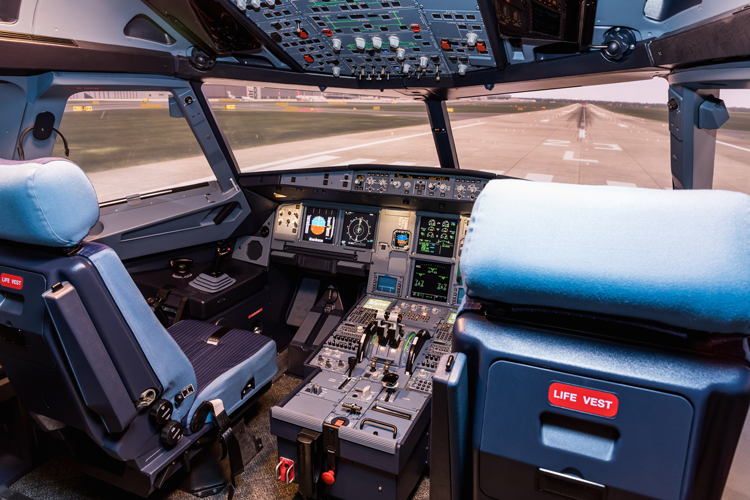Commercial Pilot License Training
The FAA Commercial Pilot Certificate qualifies pilots to be financially compensated for piloting an aircraft. It is referred to internationally as a Commercial Pilot License (CPL). It is unlike the Private Pilot certificate, which is designed for recreational use. Furthermore, the PPL only permits the licensed pilot to share the cost of the flight. A CPL is the key to earning money through your service as an aircraft pilot.
Our CPL course meets the minimum equivalent licensing requirements to be co-validated as a commercial pilot in the USA and around the world. The only exceptions to this are the countries in the European Union that require dual EASA.
Here at the Certified Flight Center our experienced pilots and advanced simulation training are a great square one for anyone interested in working towards a career as a professional pilot and completion of their Commercial Pilot’s License.

Commercial Pilot License Course Requirements:
To be eligible to pursue a Commercial Pilot License, you must:
• Be at least 18 years old.
• Hold at least a current private pilot certificate.
• Read, speak, write, and understand English.
• 4 Steps to Earn a Commercial Pilot License
Time needed: 60 days.
Follow these four steps:
Meet the requirements.
You must be at least 18 years old, hold a valid Private Pilot License (PPL), and be proficient in English. If you meet these minimums, you must then decide whether you want to pursue a commercial single-engine license (CSEL) or commercial multi-engine license (CMEL). Once you decide, then you should find a reputable flight school for your training. You will also need a 2nd class medical certificate.
Complete ground school training.
In ground school, pilots expand their knowledge base to meet rigorous FAA standards. Upon completion of 40 hours of ground school, you must pass the FAA written knowledge test.
Complete flight training.
To qualify for your commercial pilot license, you must have logged 250 hours of flight time with 100 of those hours in powered aircraft and 50 in airplanes. Also, 100 hours must be pilot-in-command, 50 of which had to have been in an airplane. You also must have logged 50 hours of cross-country (10 in an airplane), 20 hours of training (10 instrument, 10 complex or TAA), and 10 hours of solo training.
Pass your checkride.
The FAA Commercial Pilot Oral and Practical Exam is conducted by a designated pilot examiner (DPE). First, you must pass a two-hour oral exam where you demonstrate your knowledge from ground school and flight training. The flight portion of the exam takes about 90 minutes. Your flight instructor will work with you ahead of your checkride to make sure you are ready.
